جلد سخت سیاه و سفید
Product details
- Publisher : Oxford University Press; Reprint edition (May 23, 2022)
- Language : English
- Paperback : 544 pages
- ISBN-10 : 0198786468
- ISBN-13 : 978-0198786467
کتاب People Forced to Flee: History, Change and Challenge
People in danger have received protection in communities beyond their own from the earliest times of recorded history. The causes ― war, conflict, violence, persecution, natural disasters, and climate change ― are as familiar to readers of the news as to students of the past.
It is 70 years since nations in the wake of World War II drew up the landmark 1951 Convention relating to the Status of Refugees. People Forced to Flee marks this milestone. It is the latest in a long line of publications, stretching back to 1993, that were previously entitled The State of the World's Refugees.
The book traces the historic path that led to the 1951 Convention, showing how history was made, by taking the centuries-old ideals of safety and solutions for refugees, to global practice. It maps its progress during which international protection has reached a much broader group of people than initially envisaged.
It examines international responses to forced displacement within borders as well as beyond them, and the protection principles that apply to both. It reviews where they have been used with consistency and success, and where they have not. At times, the strength and resolve of the international community seems strong, yet solutions and meaningful solidarity are often elusive. Taking stock today - at this important anniversary DS is all the more crucial as the world faces increasing forced displacement.
Most is experienced in low- and middle-income countries and persists for generations. People forced to flee face barriers to improving their lives, contributing to the communities in which they live and realizing solutions. Everywhere, an effective response depends on the commitment to international cooperation set down in the 1951 Convention: a vision often compromised by efforts to minimize responsibilities.
There is growing recognition that doing better is a global imperative. Humanitarian and development action has the potential to be transformational, especially when grounded in the local context. People Forced to Flee examines how and where increased development investments in education, health and economic inclusion are helping to improve socioeconomic opportunities both for forcibly displaced persons and their hosts.
In 2018, the international community reached a Global Compact on Refugees for more equitable and sustainable responses. It is receiving deeper support. People Forced to Flee looks at whether that is enough for what could DS and should DS help define the next 70 years.
منابع کتاب کتاب People Forced to Flee: History, Change and Challenge
افراد در معرض خطر از اولین زمانهای تاریخ ثبت شده، در جوامعی فراتر از خودشان محافظت شدهاند. علل - جنگ، درگیری، خشونت، آزار و اذیت، بلایای طبیعی، و تغییرات آب و هوایی - برای خوانندگان اخبار به همان اندازه برای دانش آموزان گذشته آشنا هستند.
70 سال از زمانی که کشورها در پی جنگ جهانی دوم کنوانسیون تاریخی 1951 مربوط به وضعیت پناهندگان را تنظیم کردند، می گذرد. افرادی که مجبور به فرار می شوند این نقطه عطف را نشان می دهد. این آخرین مورد از یک سلسله طولانی از نشریات است که به سال 1993 باز می گردد و قبلاً تحت عنوان وضعیت پناهندگان جهان بود.
این کتاب مسیر تاریخی منتهی به کنوانسیون 1951 را ترسیم میکند و نشان میدهد که چگونه تاریخ ساخته شده است، با استفاده از ایدهآلهای چند صد ساله ایمنی و راهحلهایی برای پناهندگان، در عمل جهانی. این نقشه پیشرفت خود را نشان می دهد که طی آن حفاظت بین المللی به گروه بسیار گسترده تری از مردم نسبت به آنچه در ابتدا تصور می شد، رسیده است.
واکنش های بین المللی به جابجایی اجباری در داخل مرزها و همچنین فراتر از آنها و اصول حفاظتی که برای هر دو اعمال می شود را بررسی می کند. این بررسی می کند که کجا با ثبات و موفقیت استفاده شده اند و کجا استفاده نشده اند. گاهی اوقات، قدرت و عزم جامعه بینالمللی قوی به نظر میرسد، اما راهحلها و همبستگی معنادار اغلب گریزان است. بررسی امروز - در این سالگرد مهم، DS بسیار مهمتر است زیرا جهان با جابجایی اجباری فزاینده مواجه است.
بیشتر در کشورهای با درآمد کم و متوسط تجربه می شود و برای نسل ها ادامه دارد. افرادی که مجبور به فرار می شوند با موانعی برای بهبود زندگی خود، کمک به جوامعی که در آن زندگی می کنند و راه حل هایی را درک می کنند، روبرو هستند. در همه جا، یک پاسخ مؤثر بستگی به تعهد به همکاری بین المللی مندرج در کنوانسیون 1951 دارد: دیدگاهی که اغلب با تلاش برای به حداقل رساندن مسئولیت ها به خطر می افتد.
به رسمیت شناخته شده است که انجام بهتر یک الزام جهانی است. اقدام بشردوستانه و توسعه پتانسیل تحول آفرینی را دارد، به ویژه زمانی که در زمینه محلی باشد. افرادی که مجبور به فرار می شوند بررسی می کند که چگونه و کجا افزایش سرمایه گذاری های توسعه در آموزش، بهداشت و شمول اقتصادی به بهبود فرصت های اجتماعی-اقتصادی هم برای افراد آواره اجباری و هم برای میزبانان آنها کمک می کند.
در سال 2018، جامعه بینالمللی برای پاسخهای عادلانهتر و پایدارتر به یک پیمان جهانی در مورد پناهندگان دست یافت. حمایت عمیق تری دریافت می کند. افرادی که مجبور به فرار می شوند به این می پردازد که آیا این برای چه چیزی می تواند DS و آیا DS به تعریف 70 سال آینده کمک کند کافی است یا خیر.



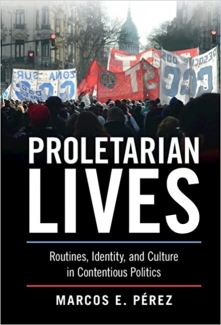
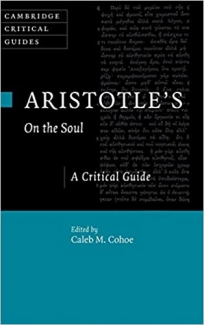

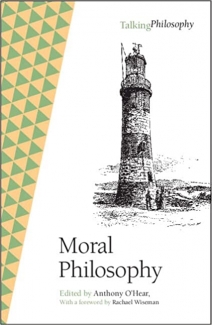
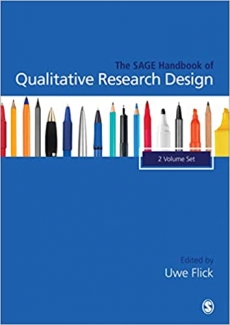
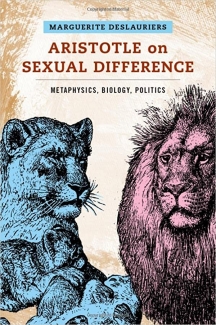

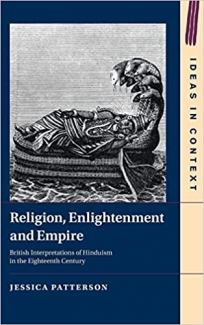





















ارسال نظر درباره کتاب People Forced to Flee: History, Change and Challenge